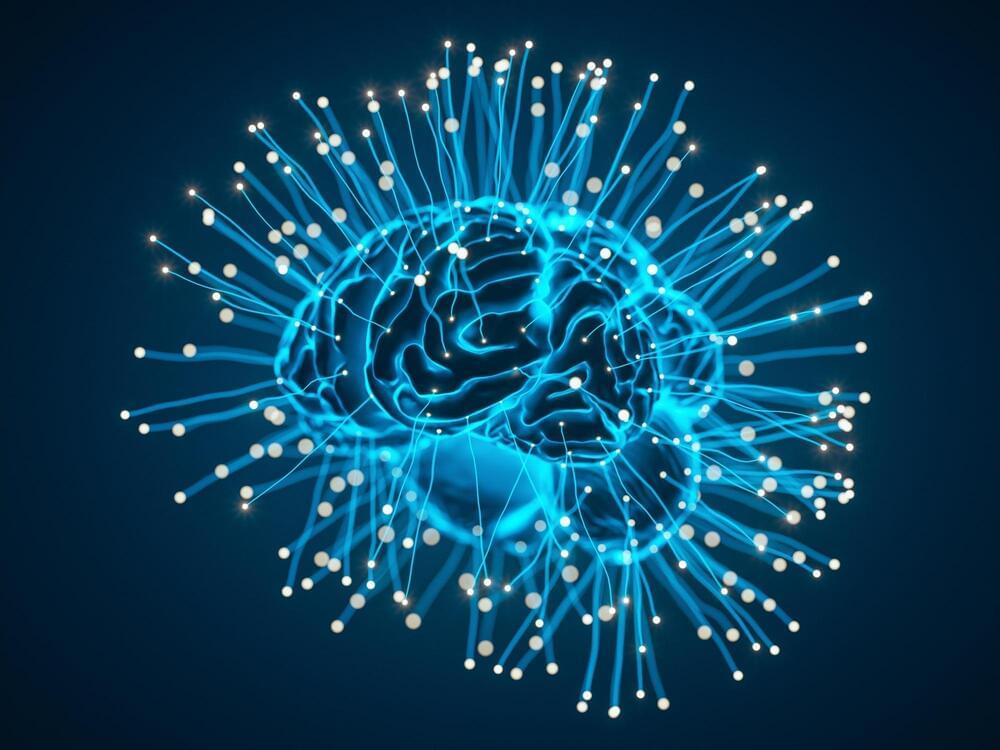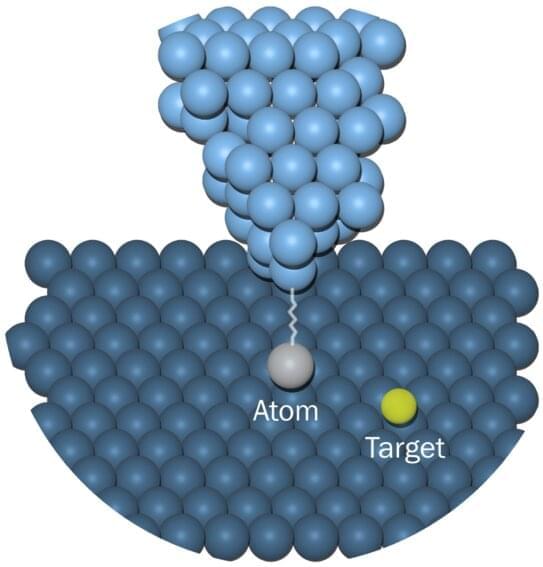The symptoms of severe obsessive-compulsive disorder, or OCD as it is more popularly known, may be reduced by half with deep brain stimulation, according to a pooled data analysis of the available data, which was recently published in the Journal of Neurology, Neurosurgery, & Psychiatry.
According to the research, two-thirds of individuals who were affected saw a significant improvement after two years.
OCD is characterized by intrusive and persistent obsessive thoughts, as well as dysfunctional and ritualized behaviors. It is estimated that up to 3% of the population is affected by it.






